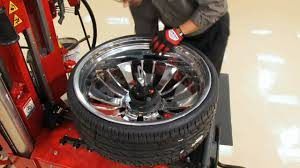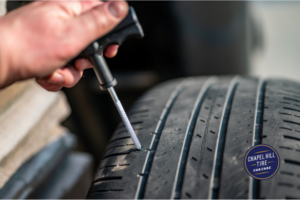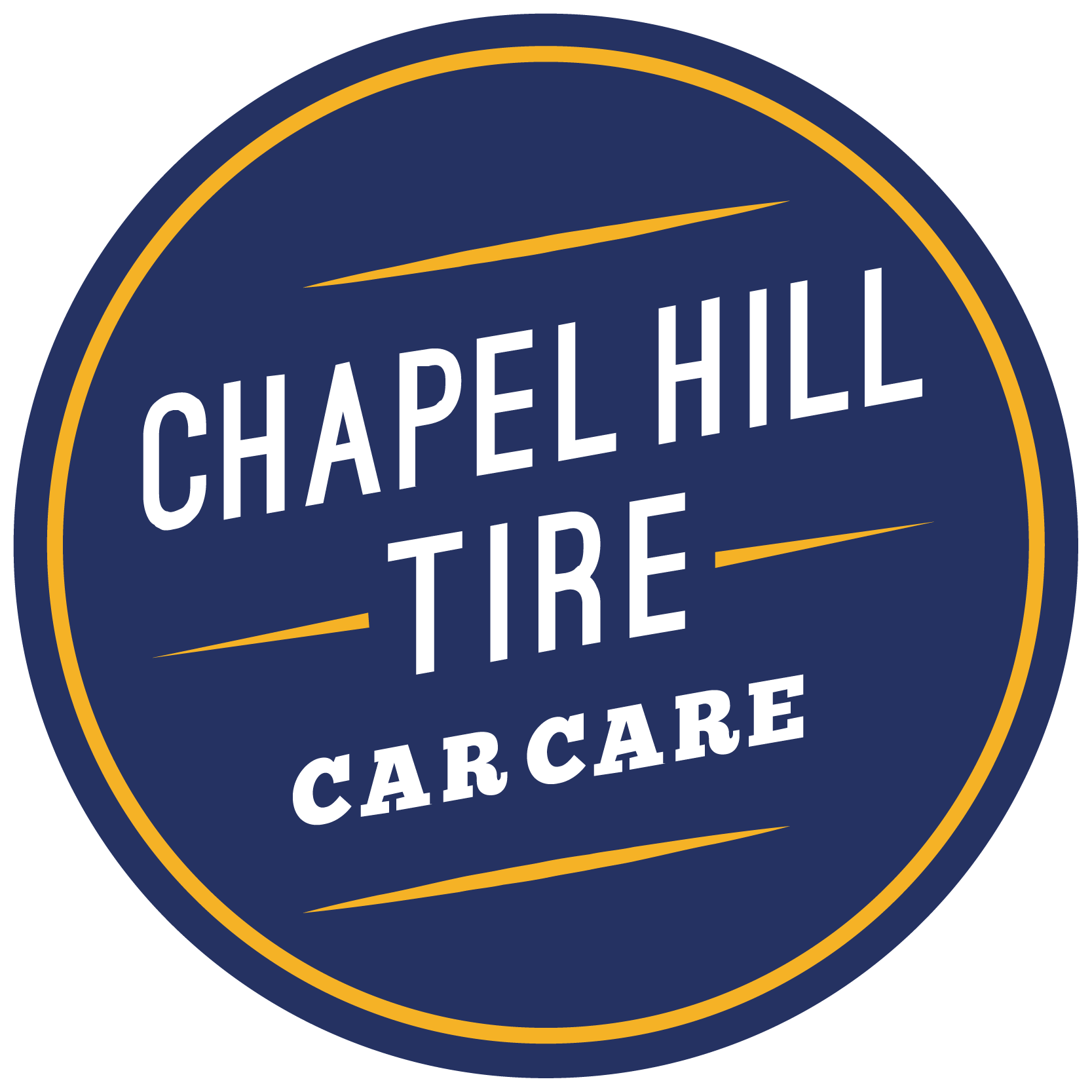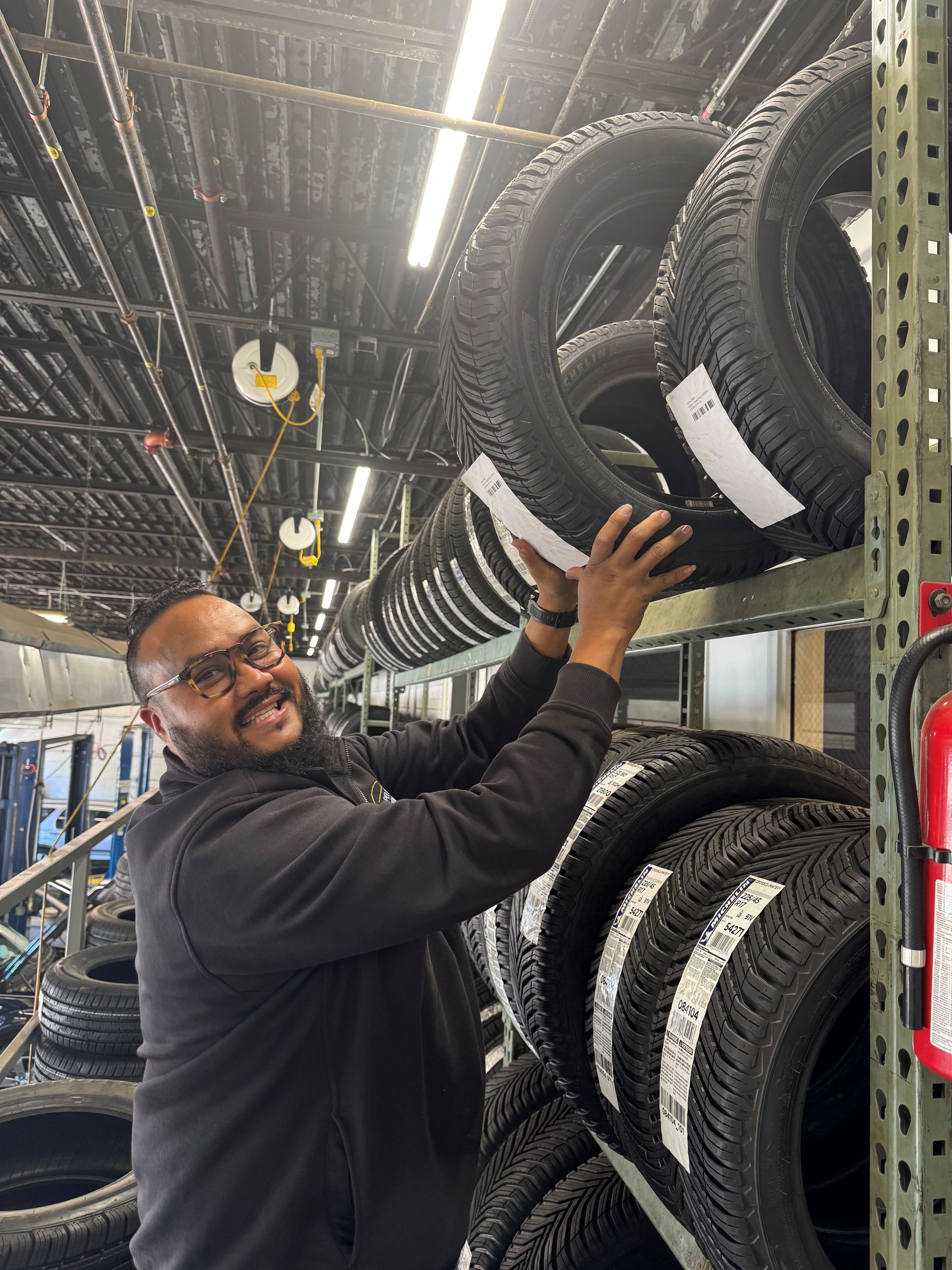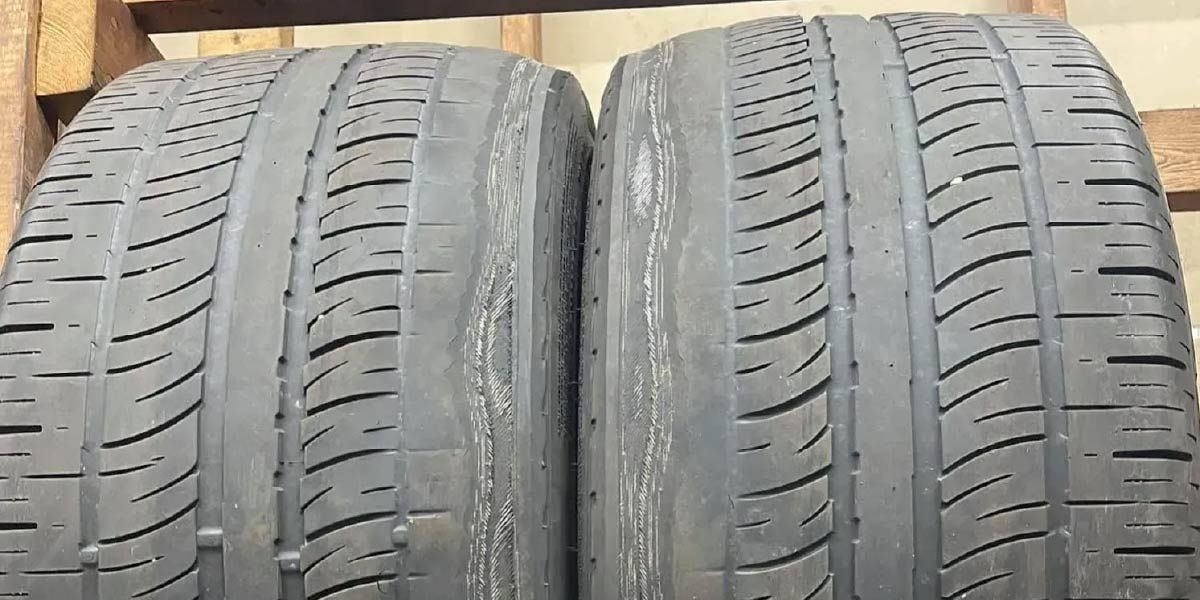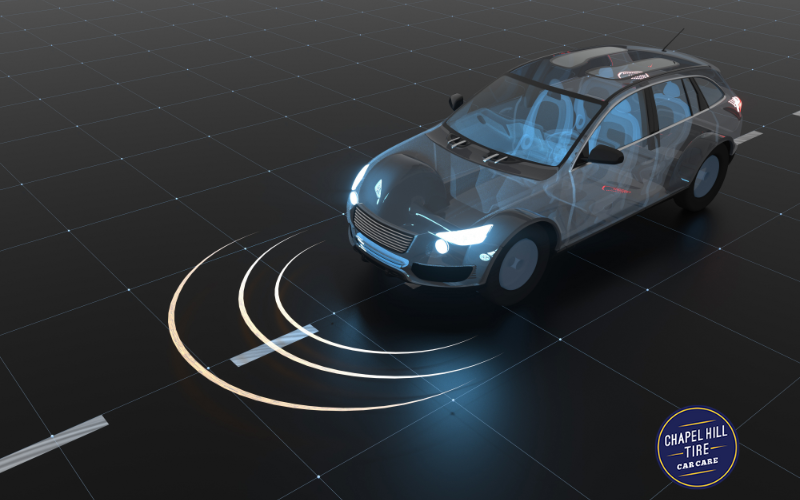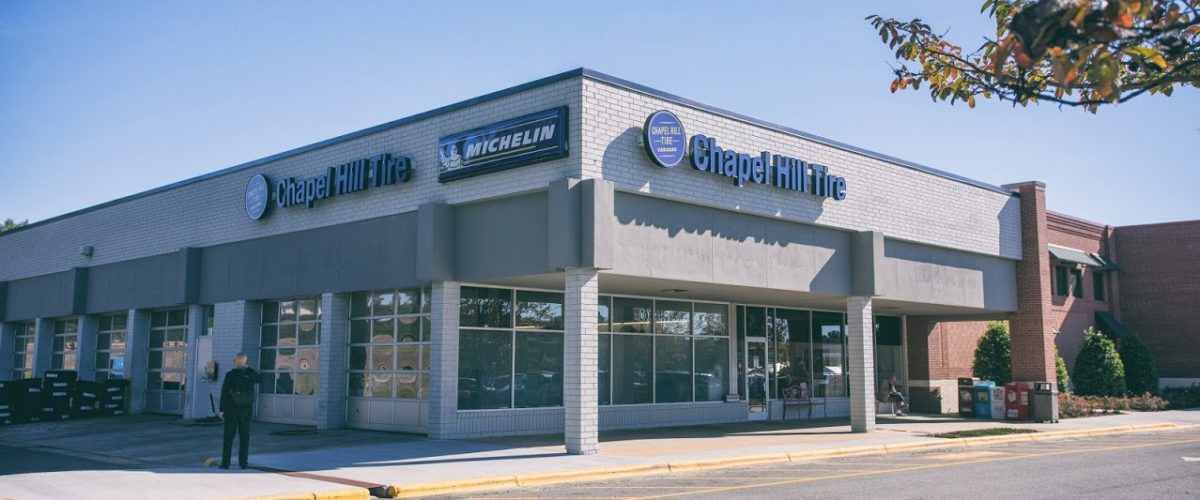Select Flooded Car? 7 Things to Do Next
Auto Shops Located in: Chapel Hill, Durham, Taleigh, Apex, and Cary North Carolina
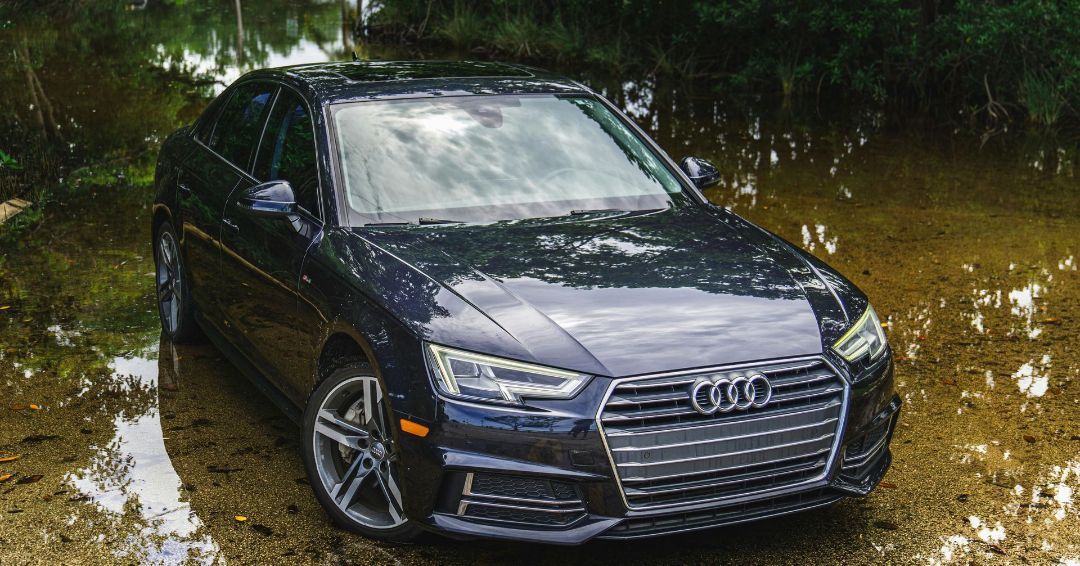
If your vehicle was impacted by a flood, you should take action quickly to stop problems from getting worse and protect your vehicle from more expensive damage. By knowing the main problems flooded cars can have and what to do once your vehicle is safe to reach, you can reduce the chance your vehicle ends up totaled or needs additional repairs.
10 Common Problems With Flooded Cars
Flood-damaged cars often suffer from a few issues ranging
from unusual smells to a damaged engine. If your vehicle has been affected by flooding, review some of the most common problems with flooded cars below:
- Stained and discolored interior due to water damage
- Musty or moldy smells
- Rust
- Fogging or moisture beads in the exterior or interior lights
- Stranges noises from the steering wheel or brakes
- Sand, mud, debris, or dirt in hard-to-clean areas
- Engine damage
- Electrical system and electronic damage
- Transmission issues
- Exhaust system damage
What to Do If Your Car Got Flooded: 7 Steps to Follow After Your Vehicle Was Affected by a Flood
Since a flooded vehicle can cause several problems, it’s essential you know what to do if your car is flooded. Below, you can find a breakdown of the main steps to follow to prevent additional damage and have your car running at its best:
1. Don’t Put Yourself in Harm’s Way to Access Your Vehicle
If your vehicle is still in flood water, do not attempt to reach it. Even ankle-deep water could knock you off your feet if the current is moving fast enough. It’s also not safe to wade out to your vehicle in knee-deep, still water. Wait until someone can safely tow your vehicle out of the water or the flood water has drained away before you begin the clean-up and repair process.
2. Disconnect the Battery, and Don’t Turn the Vehicle On
Even if your vehicle has been towed out of flood water, don’t attempt to turn it on. If you do, water could be in the cylinders, and this water could damage your engine if you try to turn it on.
While wearing dry gloves, you should disconnect the vehicle’s battery to prevent additional damage to the car’s electrical system. Since many parts of your vehicle will have a consistent current of power being sent to them, disconnecting your battery stops the electrical current from mixing with water. If you anticipate flooding, it’s best practice to disconnect the battery to prevent electrical damage from occurring in the first place.
3. Look for a Waterline in Your Vehicle and Document Damage
After disconnecting the battery, look for a waterline on your car’s interior and exterior to see how deep your vehicle was submerged in water. A waterline below the top of your doors is a good sign that only minimal damage occurred. However, a waterline above the dashboard will likely indicate that your vehicle is totaled. You can also check the headlights, taillights, engine bay, and trunk for damage.
While you check your vehicle, take photos and videos of your car with the waterline included to send to your insurance company. You should also have a list of all the parts of your vehicle impacted by flooding.
4. Contact Your Insurance Company
Depending on your insurance plan, your insurance company may cover flood damage to your vehicle. Regardless, you should contact your insurance agent, review your policy’s insurance coverage, and schedule an assessment of your vehicle with your agent. Make sure you maintain copies of any relevant documents, pictures, records, or communications during this process to assist with your claim.
5. Remove Water From the Vehicle’s Interior
If the waterline is below the dashboard and your vehicle isn’t totaled, you’ll want to remove the water in your vehicle as fast as possible. Excess moisture and standing water in your vehicle can cause mold growth in your interior and corrode important parts of your car.
Begin by removing standing water with a wet vac, and use towels to soak up any moisture on your floors or seats. Next, you can use a dehumidifier or fan to dry out the vehicle. You can also take any removable cushions, seats, or floor mats out of your vehicle to help them dry faster. Additionally, leave your windows open to let the vehicle air out.
6. Drain Transmission and Engine Oil
Even when the waterline is below your engine, you should still drain your transmission oil, engine oil, and differential fluids as water could be in them. Next, you or a mechanic can refill the oils and fluids.
7. Receive a Professional Assessment and Inspection
After you discuss the next steps with your insurance company, they may send someone to assess your vehicle and determine if it’s totaled. This assessor will calculate the potential cost of odor removal, cleaning, and mechanical and electrical repairs.
If the assessor determines your vehicle isn’t totaled, you still shouldn’t try to start it. Before you do, have a mechanic inspect your vehicle, test electric components, and perform any needed repairs. If you’re not comfortable draining your engine oil or any of the other steps on this list, the mechanic can do so for you.
You may also want to schedule a professional
interior and exterior detailing appointment at the mechanic’s shop. During this appointment, they’ll remove any cosmetic damage to your vehicle’s interior and exterior. They can also thoroughly clean the interior of your vehicle to eliminate any bad odors, stop mold growth, and prevent corrosion.
Frequently Asked Flooded Car Questions
If you still have questions about what to do after your car is flooded, review our answers to some of the most frequently asked flooded car questions below:
Will Insurance Cover Flooded Cars?
Insurance may or may not cover damage to a flooded car. You’ll want to review your insurance policy to see if it includes coverage for flood damage.
Are Flooded Cars Fixable?
The amount of flooding will typically determine whether a flooded car is fixable or not. For example, those with a waterline above the dashboard tend not to be fixable, while those with a waterline under the doors are usually repairable.
Will Flooded Cars Have a Shorter Lifespan?
If your vehicle doesn’t receive a thorough inspection and repair services after it’s been flooded, it will likely break down faster than it normally would. However, a properly repaired flooded vehicle can last as long as its normal lifespan.
Is a Car That’s Completely Underwater Repairable?
Typically, a fully submerged car will be totaled, but it may be possible to repair it. You can expect to need a lot of repairs and replacement parts if you want to try to fix a fully submerged vehicle. For instance, a mechanic will likely need to replace most of your electrical components, remove water from the engine, drain and then refill fluids, and fix any corrosion or rust. The repair process will usually be quite expensive and can take some time to finish.
How Should You Move a Flooded Vehicle?
Since you shouldn’t turn your vehicle on after it’s been flooded, you’ll need to hire a tow truck to move the flooded vehicle. A
mechanic shop with towing services can help you safely move your vehicle and perform the steps listed previously to prevent additional damage.
Turn to Chapel Hill Tire for Flooded Car Repairs in the NC Triangle
If you need help removing water from a flooded vehicle or repairs for a flood-damaged car in Chapel Hill, Durham, Raleigh, or the surrounding Triangle area, turn to Chapel Hill Tire. Our team can remove any water in your vehicle and perform detailing services to clean it. We can also inspect your vehicle for damage, test your electrical components, and provide any needed repair or replacement services. Before you bring your vehicle in for service,
check our coupons to see how much you can save.
Learn more about our repair and detailing services today. If you need maintenance or repairs, please make an appointment at one of our convenient locations in the Triangle area.
We’ve got all your automotive repair needs covered.


